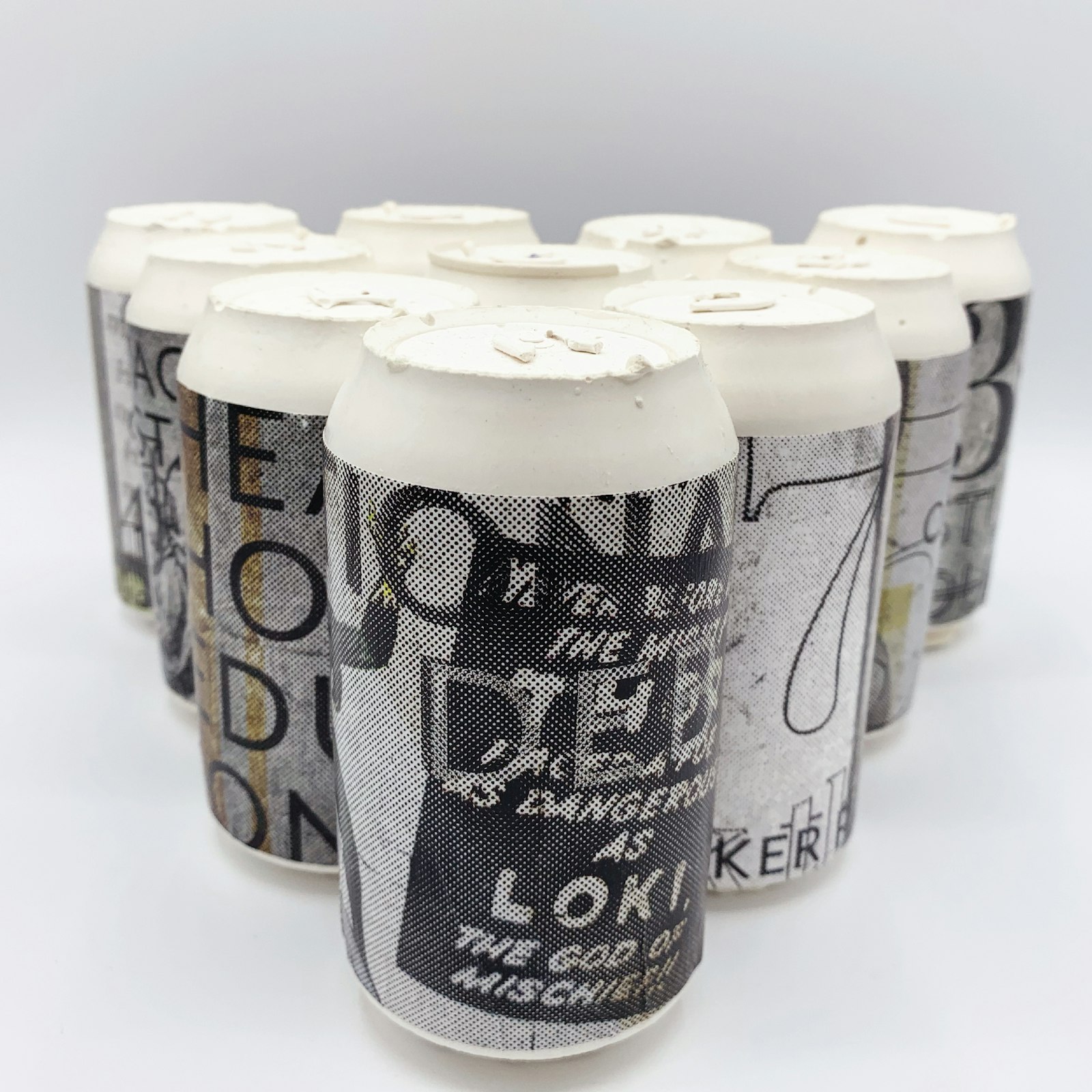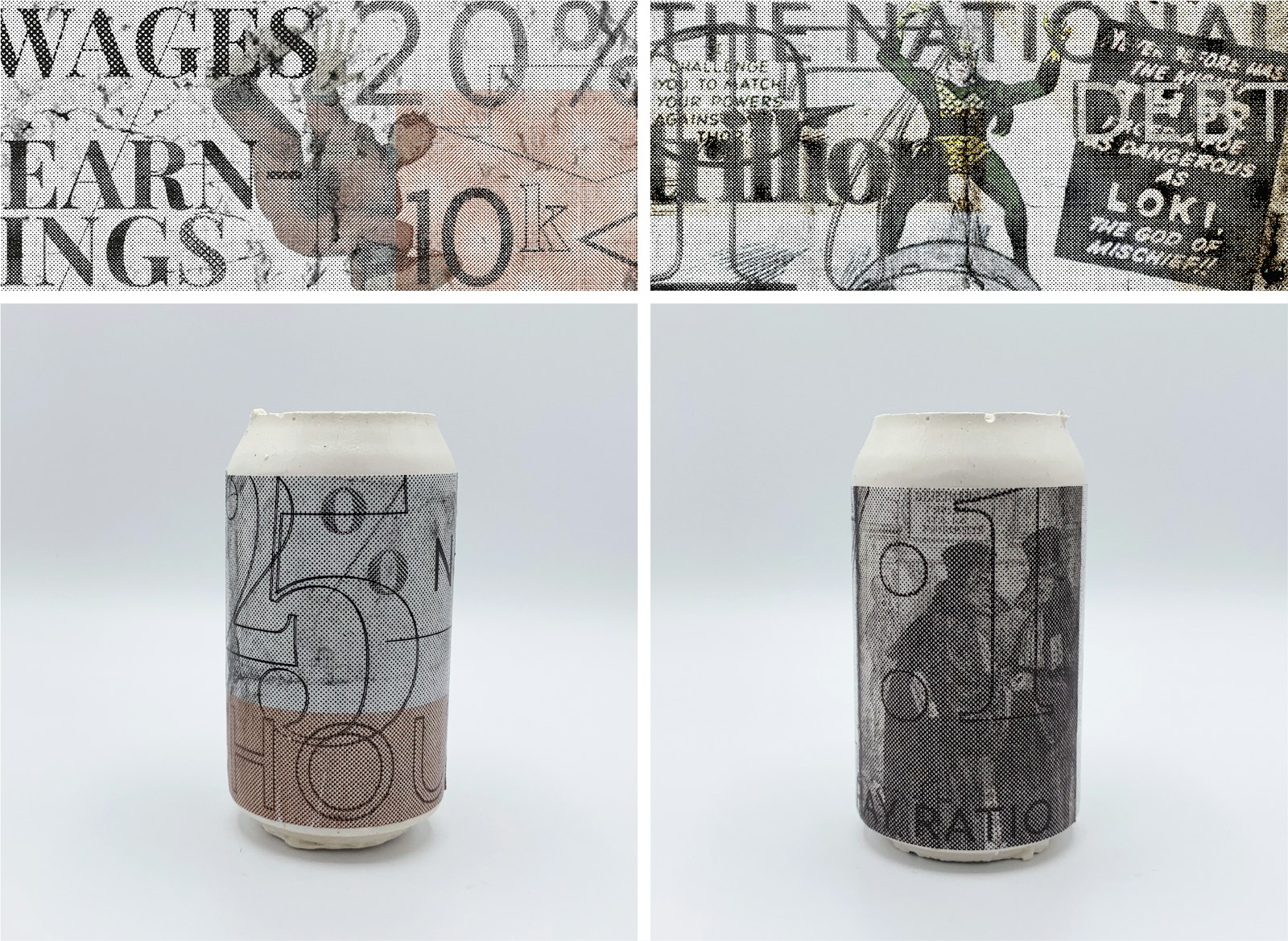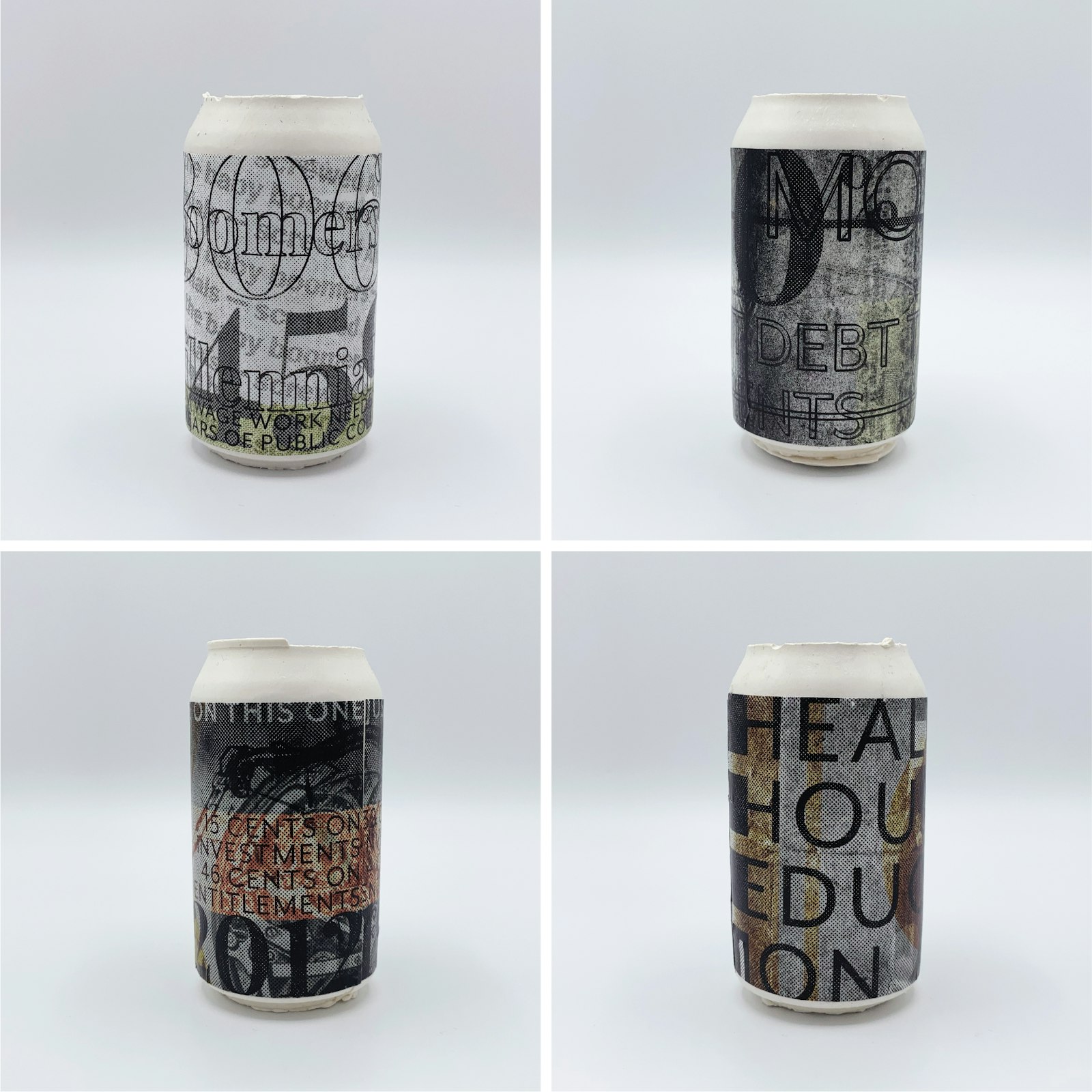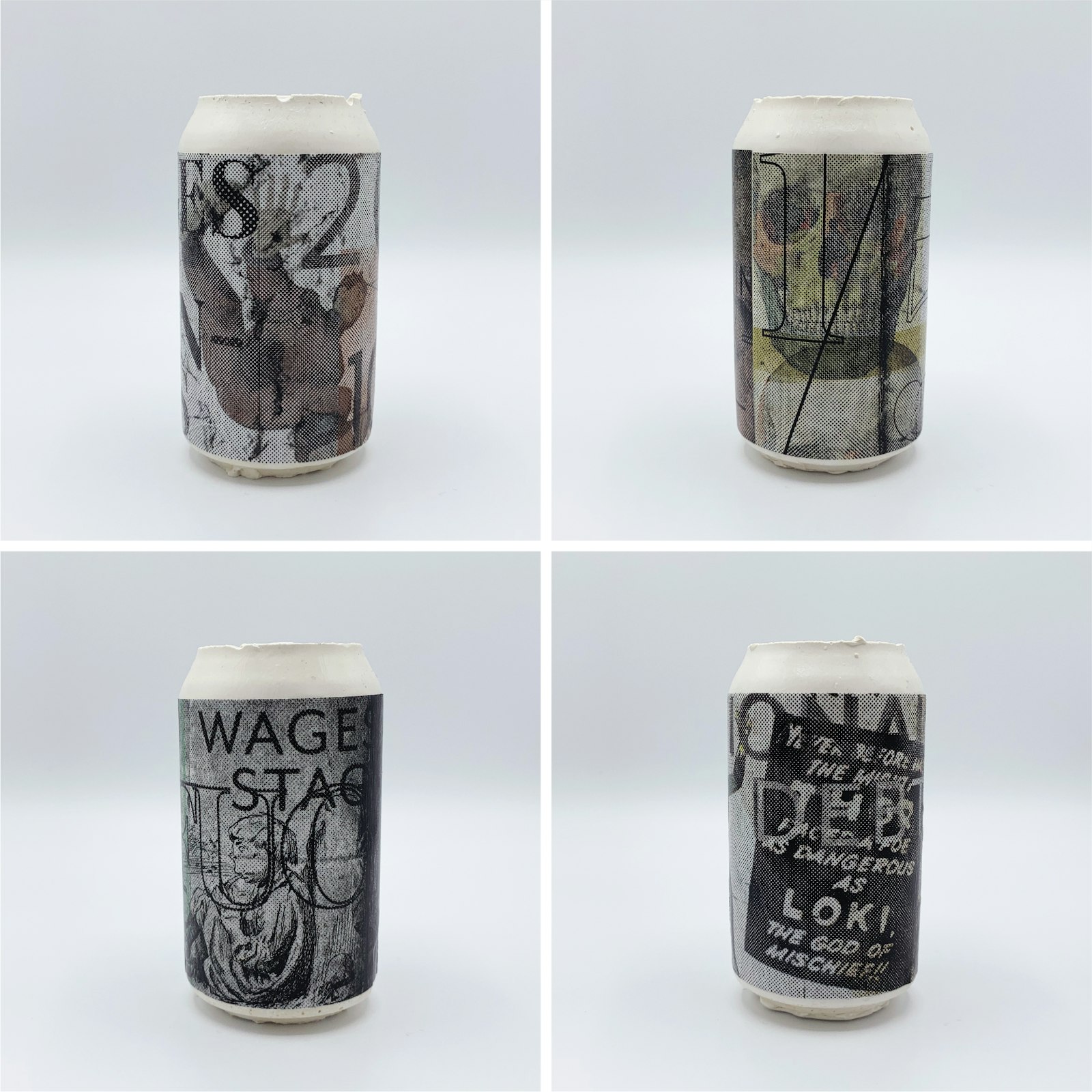In the 13th century an Icelandic scholar and lawmaker named Snorri Sturluson wrote down the first and most complete record of Norse mythology as we know it today. During my graduate research of Norse mythology I began to notice correlations between the mythology and modern day politics and society, specifically the structures of the United States from Post World War II to the present. These myths acted as metaphors for events ranging from the economic boom of post World War II America, the rising cost of education, the growth of income inequality and wealth disparity, the emergence of a growing millennial political base, the threat of climate change and the political and societal conflict between multiple generations.
One of these myths, The Mead of Poetry, recalls the story of the Norse god of knowledge Kvasir and his betrayal and murder at the hands of two dwarves. Using his blood mixed with fermented honey, these dwarves brewed an alcoholic mead that bestowed knowledge upon those who drank it. Through deception, the mead was eventually stolen by the Norse god Odin and hoarded for selfish reasons.
It was this myth that inspired a series of work that brings modern and mythical design together. Inspired by Norse runestones, their purpose to convey information, and the Mead of Poetry, its purpose to generate knowledge, I created a series of hand cast plaster beer cans wrapped in labels that were designed to inform whoever might pick them up. Each label relies on digital collage and chaotic typography to convey a statistical fact that bluntly shows the vast difference in economic opportunities faced by the baby boomers compared to the current millennial generation. It is meant to showcase the absurd difference and difficulties faced by millennials in their struggle to generate wealth, make a livable wage and pay for education as well as the widening divide between the upper and lower class in the United States. The cans are meant to inform and raise awareness while imparting knowledge on social and economic issues faced by our current generation as they are hamstrung by laws and capitalist policies that benefit an older, wealthier generation. They act as a written, designed record of this knowledge, inspired by Norse myth and brought to life in a contemporary design as modern day runestones.
- Graphic Designer
- Jimmy Henderson
- Thesis Advisor
- Nikki Juen









